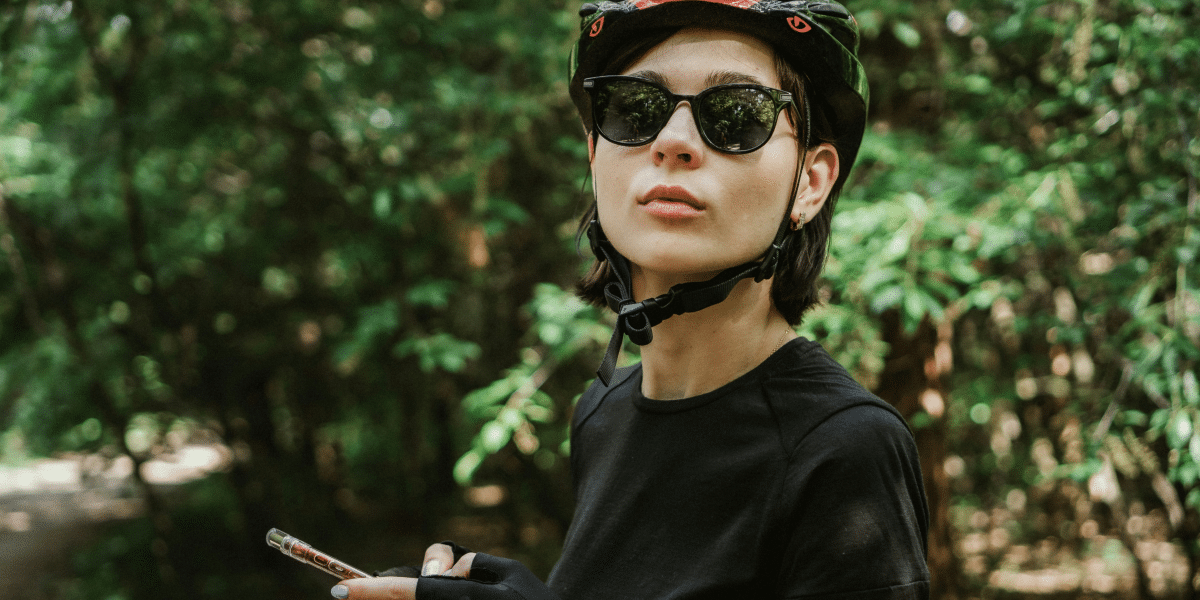By: Victoria Chynoweth
In an era where health consciousness is on the rise, technology is stepping up to meet the growing demand for more accurate and convenient nutrition tracking. Enter SnapCalorie, a revolutionary app that’s pushing the boundaries of what’s possible in food tracking and nutritional analysis. Founded by former Google AI employee Wade Norris and aerospace engineer Scott Baron, SnapCalorie is leveraging cutting-edge AI technology to transform how we monitor our daily food intake. With its innovative approach and a dedicated team, SnapCalorie is poised to reshape the landscape of personal nutrition management.
From Google to Nutritional Innovation: The Birth of SnapCalorie
Wade Norris’s journey to creating SnapCalorie is a testament to the power of purpose-driven innovation. As a co-founder of groundbreaking projects like Google Lens and the Cloud Vision API at Google, Norris had already made significant contributions to the tech world. However, years of rapid growth at the company left him yearning for a new challenge.
Norris’s inspiration for SnapCalorie came from an unexpected place: research into the leading causes of death in the United States. He discovered that diet and nutrition were key factors in many health issues, prompting him to take a closer look at existing nutrition-counting apps. What he found were common problems: the apps were time-consuming to use, and users struggled to accurately estimate portion sizes.
To address these issues, Norris and his team at Google built a robotic rig capable of taking thousands of photos of dishes while precisely measuring ingredients and portions. This innovative approach allowed them to train a computer vision model that could accurately estimate calories from a single photo, even for complex dishes like burritos. Remarkably, their system achieved twice the accuracy of a professional nutritionist.
After Google open-sourced some of this groundbreaking work, Norris saw an opportunity to bring this technology directly to consumers. It was then that he made the bold decision to leave Google and embark on a new venture. He applied to Y Combinator and founded SnapCalorie, assembling a dedicated team to further develop and refine the technology.
Revolutionizing Calorie Counting with AI and Depth Sensing
At the heart of SnapCalorie’s innovation is its unique approach to calorie estimation. Unlike traditional apps that rely solely on user input or simplistic image recognition, SnapCalorie combines advanced AI algorithms with depth-sensing technology found in modern smartphones. This combination allows for a more accurate assessment of not just what’s on your plate, but how much.
“Human beings are terrible at visually estimating the portion size of a plate of food,” says Wade Norris, founder of SnapCalorie. “SnapCalorie improves on the status quo by using the phone’s depth sensor to measure the volume of the food.”
The app’s AI can identify different food items in a photo and, using depth information, estimate portion sizes with unprecedented accuracy. This technological leap addresses one of the significant challenges in nutrition tracking – portion size estimation. Research suggests that people are generally poor at accurately estimating portion sizes. In one study reported by the National Library of Medicine, participants were only able to correctly estimate portion sizes 55% of the time. SnapCalorie aims to significantly improve upon this figure, with Norris claiming their system can reduce caloric error to under 20% on average.
Human-AI Collaboration: The Key to Accuracy
While AI forms the backbone of SnapCalorie’s technology, the company recognizes that machine learning alone isn’t enough to ensure the highest level of accuracy. That’s why SnapCalorie has developed an intuitive system that allows users to quickly correct inaccurate predictions or provide hints to guide the AI in the right direction.
This user-AI collaboration sets SnapCalorie apart from its competitors. Users can easily catch nuances that AI might miss, such as regional variations in dishes or uncommon food combinations. This approach not only improves immediate accuracy but also helps the AI system learn and improve over time. User corrections are fed back into the AI model, creating a continuously evolving and refining system that becomes more accurate with each interaction.
The collaborative nature of SnapCalorie’s platform ensures that the AI becomes increasingly adept at handling diverse food scenarios, while still providing users with the flexibility to make quick adjustments when needed. This synergy between user input and AI technology results in a more personalized and precise calorie tracking experience.
Beyond Calorie Counting: AI-Powered Nutritional Insights
SnapCalorie’s vision extends beyond mere calorie counting. The app integrates a ChatGPT-powered chatbot that provides personalized meal suggestions based on a user’s goals, preferences, and past eating habits. This feature transforms SnapCalorie from a simple tracking tool into a comprehensive nutritional assistant.
“We actually prefer people don’t focus on calories and minimizing foods,” says Norris. “Instead, we try to emphasize a maximization mindset. We encourage people to focus their daily servings of whole fruit and vegetables and cover a wide variety of micronutrients.”
The Future of Food Tracking
As we look to the future of nutrition tracking, SnapCalorie represents a significant step forward. By combining AI, depth-sensing technology, human expertise, and personalized insights, it offers a glimpse into a world where technology can provide us with a more comprehensive and accurate understanding of our dietary habits.
As SnapCalorie continues to grow and refine its technology, it may well play a pivotal role in shaping how we understand and manage our nutrition in the years to come. In doing so, it could contribute to broader efforts to improve public health through better dietary habits, all powered by the intelligent application of AI technology.
Published By: Aize Perez












